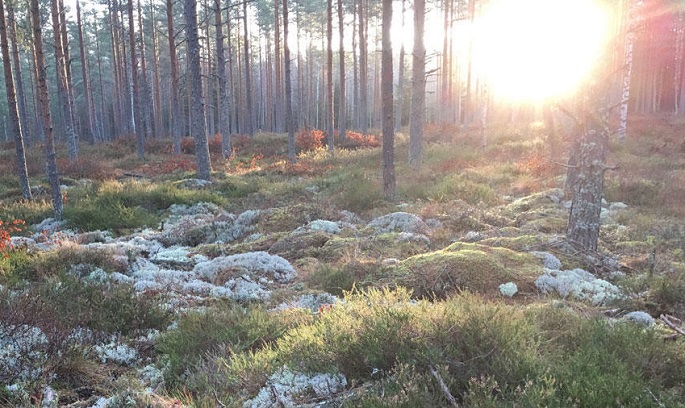Forests protect animals, plants against warming: Study
Published : 03 Apr 2019, 02:23
The impacts of climate warming are buffered inside forests due to the thermal insulation of forest canopies, according to a study conducted by an international research group.
The University of Helsinki was represented in the study by professor Miska Luoto from the BioGeoClimate Modelling Lab, Department of Geosciences and Geography, Faculty of Science, said a press release of the University of Helsinki.
The study "Global buffering of temperatures under forest canopies" was published in the respected scientific journal Nature Ecology and Evolution.
Scientists of eight universities have quantified the temperature difference between sites within forests and outside, for the first time across the globe. Measurements spread across five continents, in the tropics, temperate zone and northern boreal forests.
The data show that the maximum temperature in forests is, on average across the globe, 4 degrees lower than outside forests. This knowledge will result in better predictions on the impact of climate warming on forest biodiversity.
With their foliage and branches in the canopy, trees create a thermal isolating layer above the forest. For this reason, summer maximum temperatures are much lower inside forests than outside. In the winter and at night, this pattern is reversed and forest temperatures are, on average, 1 degree warmer.
The results show that forest temperatures are on average 4 degrees cooler than outside temperatures when it is warm. Summer heat waves are thus strongly moderated below the tree canopy. Plants and animals inside forests will thus experience the current warming trend to a lower degree than species not living in forests. Since forests cover a quarter of the land surface of the globe and harbour two thirds of all biodiversity, this has important implications for predictions on the impact of climate change.
For the first time, the researchers also show that with increasing temperatures, the buffering capacity of maximum temperatures of global forests also increases. The warming of maximum air temperatures within forests is thus probably lower than previously anticipated.
Even though temperatures outside forests continue to increase, temperatures within forests do not necessarily follow that same trend. The decoupling between temperatures within forests and temperatures outside simply increases. Forests can therefore truly be considered a buffer against climate warming. Accordingly, our findings stress the need to conserve our existing forests and enhance reforestation efforts.


